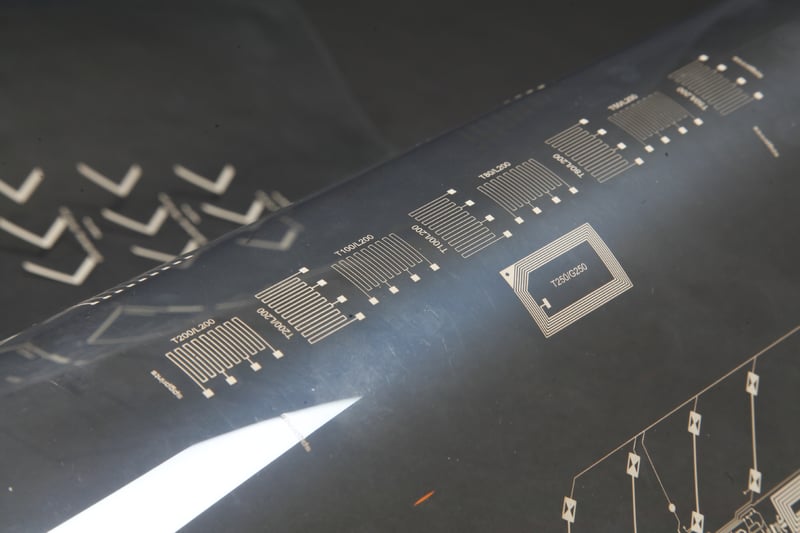The key to unlocking this immense potential lies in the adept ability to transition innovations from lab-scale experiments to full-fledged industrial-scale production. At the lab scale, experiments serve as crucial incubators, providing proof of concept and demonstrating initial functionality. However, these small-scale validations, though essential, are just the beginning. To achieve commercial viability and reach a broader market, scaling up production is not just an option but a necessity.
This process involves overcoming numerous technical, logistical, and financial challenges, yet it is pivotal for companies aiming to transform their innovative ideas into market-ready products. Organizations that can skillfully navigate this complex transition will find themselves in a prime position to capitalize on the burgeoning market, which is poised to expand significantly in the upcoming years. By mastering the art of scaling, these companies are not just participants but frontrunners in a dynamic industry that promises substantial growth and opportunity..
Challenges in Scaling from Lab to Industry
Scaling up printed electronics from lab-scale to industrial-scale production presents several challenges. One of the primary hurdles is the significant investment required for industrial-scale equipment. Unlike lab-scale setups, which are often flexible and highly customizable, industrial-scale production demands equipment that can handle high volumes reliably and efficiently.
Quality control also becomes more complex as production scales up. Ensuring consistent quality across large production volumes requires advanced monitoring and control systems. Additionally, the time-to-market is a critical factor. Companies must balance the need for thorough testing and quality assurance with the pressure to bring products to market quickly.
Another challenge is the intrinsic difference between lab-scale and industrial-scale equipment. While lab-scale equipment is designed for flexibility and high complexity, industrial-scale equipment prioritizes volume and reliability. This shift necessitates recalibrating processes and optimizing formulations, which can add time and complexity to the development cycle.
Key Technologies for Industrial-Scale Production
To successfully scale up production, companies must invest in the right technologies. One of the most promising solutions for industrial-scale production of printed electronics is rotary screen printing. This technology, traditionally used for printing on fabric and paper, has proven to be highly effective for high-volume, high-quality production of electronic components.
Rotary screen printing offers several advantages over traditional flatbed screen printing. It combines multiple printing steps into a continuous process, significantly increasing production speed and consistency. The technology also reduces the risk of blockages and downtime, ensuring a more reliable production process.
Another critical technology is the development of advanced materials specifically designed for printed electronics. Organic conducting and semiconducting materials enable the creation of flexible, lightweight circuits and components. These materials are essential for producing the next generation of smart devices, wearable technologies, and sustainable energy solutions.
Rotary Screen Printing: The Game Changer
Rotary screen printing has emerged as a game changer in the field of printed electronics. Unlike traditional flatbed screen printing, which is limited by the size of the flat screen, rotary screen printing uses a cylindrical screen that allows for continuous, high-speed production. This technology is particularly well-suited for the mass production of electronic components, providing a cost-effective and scalable solution for manufacturers.
The benefits of rotary screen printing are manifold. It enables higher production volumes and consistent, high-quality outputs. The continuous nature of the process reduces the risk of blockages, minimizing downtime and ensuring a more efficient production line. Additionally, rotary screens have a longer lifespan and can be reused for multiple jobs, making the technology more sustainable.
Implementing rotary screen printing into existing production processes is also relatively straightforward. The technology integrates seamlessly, allowing manufacturers to quickly adapt and optimize their production lines. This ease of implementation, combined with the long-term benefits of cost-efficiency and increased production capacity, makes rotary screen printing an attractive option for companies looking to scale up their printed electronics production.
Applications Ready for Industrial Scale
Several applications of printed electronics are ready for industrial-scale production. One notable example is the production of RFID tags on paper labels. Traditionally printed on plastic substrates, RFID tags can now be printed on paper using rotary screen printing. This shift not only reduces costs but also aligns with global sustainability efforts by using recyclable materials and cutting carbon emissions.
Another promising application is in battery management systems, particularly for electric vehicles. Printed electronics enable the production of complex, continuous circuits directly onto flexible substrates. This technology is crucial for managing the performance and safety of battery packs, providing more reliable and efficient solutions for the automotive industry.
Flexible solar panels represent yet another exciting application. These panels can be integrated into various surfaces, from personal IoT devices to agricultural applications like greenhouse farming. The flexibility and lightweight nature of printed solar panels make them ideal for applications where traditional rigid panels are impractical.
Strategic Investments for Future Success
For companies looking to succeed in the printed electronics market, strategic investments in technology and infrastructure are crucial. Investing early in industrial-scale equipment like rotary screen printers enables organizations to understand and integrate the technology within their existing facilities. This early adoption allows companies to explore the full potential of the technology and optimize their production processes.
Moreover, staying ahead of the curve requires continuous innovation and adaptation. As new materials and technologies emerge, companies must be willing to invest in research and development to maintain their competitive edge. By doing so, they can unlock new applications and opportunities in the ever-evolving landscape of printed electronics.
In conclusion, the transition from lab-scale innovation to industrial-scale production in printed electronics presents both challenges and opportunities. By investing in the right technologies and adopting a strategic approach, companies can navigate this transition successfully and capitalize on the growing market. The future of printed electronics is bright, and those who embrace it will be well-positioned for success.
Are you ready to scale up your printed electronics applications? Discover the possibilities of rotary screen printing in a personal One-on-One with our application expert Ben Robesin.



